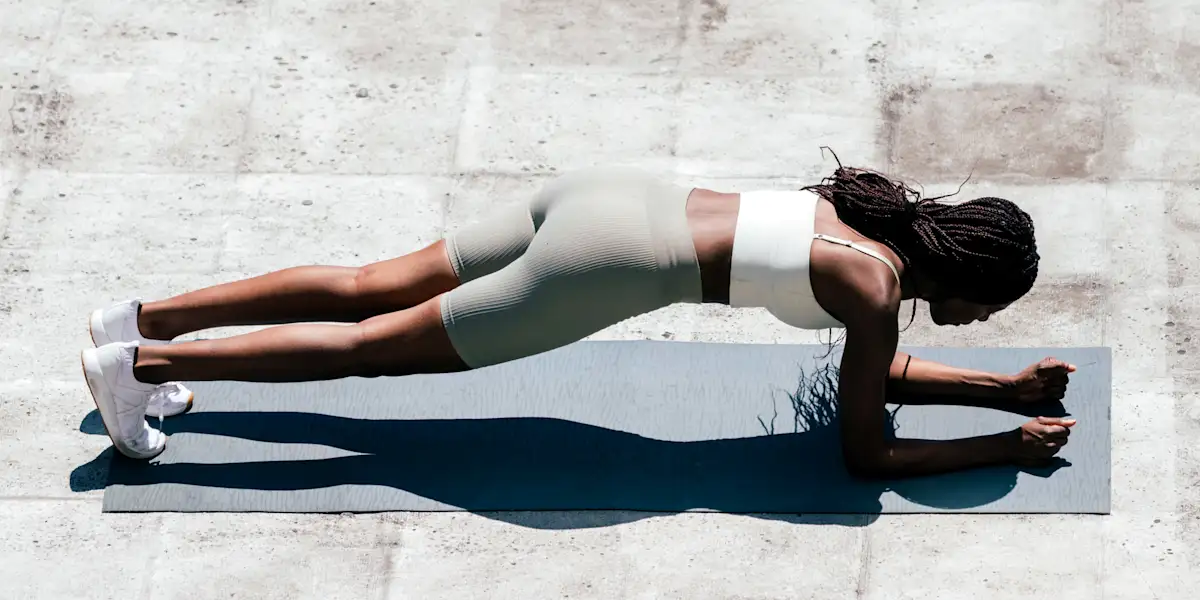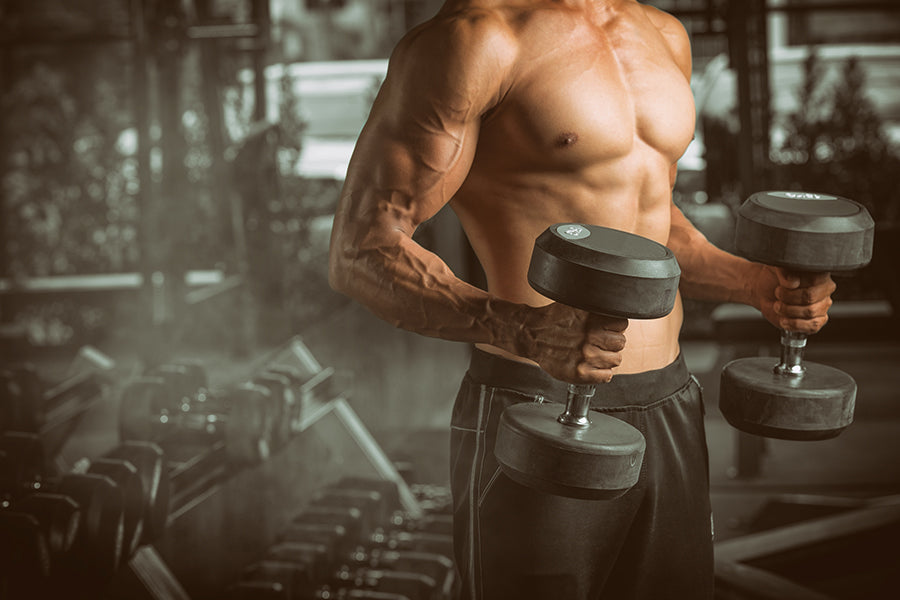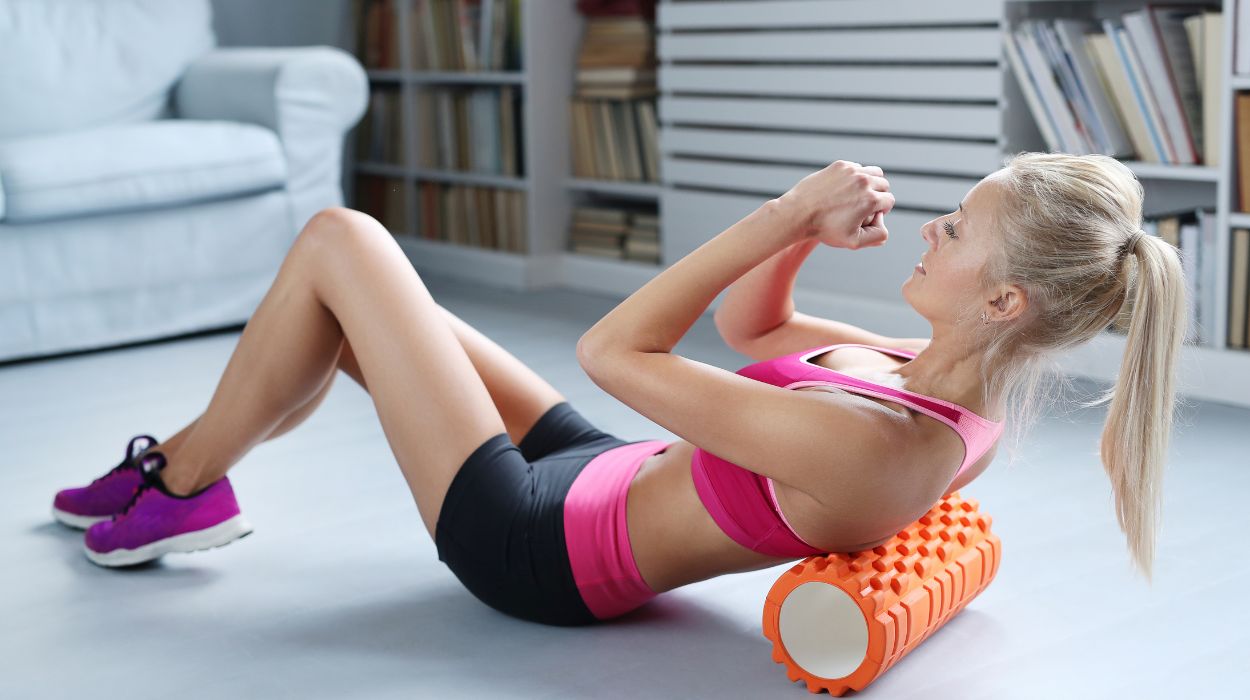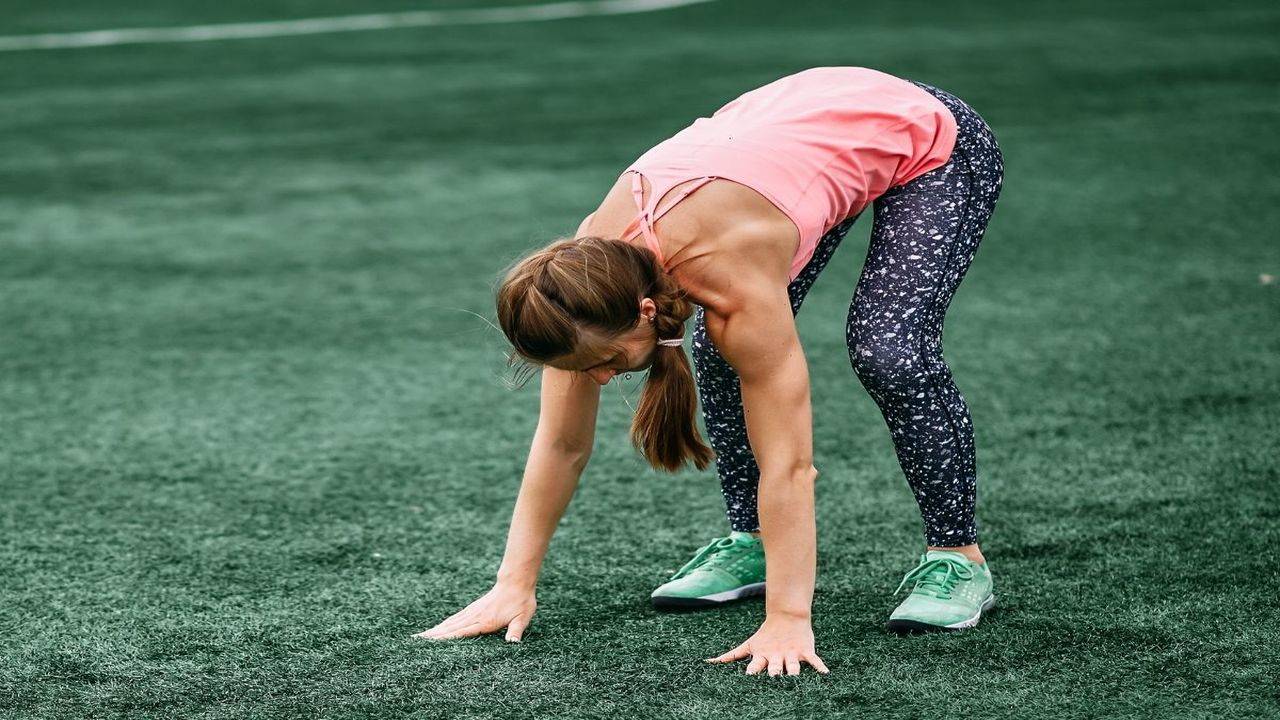So you’ve mastered the regular plank — the shoulders-quivering, abs-on-fire position that somehow looks so simple when someone else does it but feels like pure torture when you’re the one holding it. And now you want to level up? Enter: the walking plank.
Walking planks are a clever way to take the humble forearm plank and turn it into a full-body powerhouse move. They’re amazing for your core, your shoulders, your arms, your balance — honestly, they’re a hidden gem in any workout routine.
But here’s the catch: they’re also easy to mess up. I should know because I spent weeks doing them wrong before realizing my so-called “killer core session” was mostly just putting stress on my lower back and wrists.
So let’s save you the aches and wasted effort. If you want to make your walking planks work for you — not against you — these are four common mistakes to watch out for, plus how to fix them so you get all the burn with none of the regret.
What Exactly Is a Walking Plank Anyway?
Before we jump into the don’ts, let’s cover the basics. A walking plank is pretty much what it sounds like: you start in a high plank (on your hands), lower down to your forearms one arm at a time, then push back up to your hands — and repeat.
It sounds simple, but the movement fires up your shoulders, triceps, abs, and even your glutes. Do a few sets and you’ll feel muscles you didn’t even know you had.
Alright, now let’s talk about those mistakes.
Mistake 1: Letting Your Hips Rock and Roll
The #1 rookie move with walking planks? Doing the “wobble dance” with your hips. Every time you move an arm, your hips swing side to side like you’re on a dance floor. It might feel harmless, but it means you’re losing core engagement — which defeats the entire point.
Why it happens: It’s normal. As you shift weight from arm to arm, your body wants to twist for balance.
Why it’s a problem: When your hips twist and sway, your lower back takes the hit, your core checks out, and you lose that stable plank form.
How to fix it: Imagine you’re balancing a glass of water on your lower back — it shouldn’t spill! Widen your feet a bit more than shoulder-width apart. This gives you a sturdier base. Brace your abs like someone’s about to poke your stomach — that tension keeps your hips steady. Move slower if you have to — control beats speed every time.
Mistake #2: Forgetting to Engage Your Glutes
It’s tempting to think of the walking plank as just an arm-and-core move. But your glutes play a huge role too. If they’re snoozing, your hips drop or pike, your back arches weirdly, and once again, your form suffers.
Why it happens: When you’re focusing so much on your arms and abs, it’s easy to forget your backside. But your glutes are like the glue holding your lower body stable.
Why it’s a problem: Sagging hips equal an over-arched lower back, which is basically a fast track to back pain — not six-pack abs.
How to fix it: Squeeze your glutes like you’re trying to hold a credit card between them. It might feel silly, but it works. Keeping your butt muscles tight helps lock your hips in place and supports your lower back.
Mistake 3: Shrugging Your Shoulders Up To Your Ears
Your shoulders are already doing plenty of work supporting your body weight. If you subconsciously let them creep up toward your ears every time you plant your hand, you’re just asking for a stiff neck or sore traps later.
Why it happens: When you’re tired, your body tries to “help” by recruiting other muscles. Unfortunately, that means your neck and traps start taking over.
Why it’s a problem: Hunched shoulders put unnecessary strain on your neck and upper back — plus, they weaken your push and pull.
How to fix it: Before each rep, draw your shoulder blades down and back — like you’re tucking them into your back pockets. Keep your neck long and your gaze slightly ahead on the floor, not jammed into your chest. If you catch your shoulders creeping up, pause and reset.
Mistake 4: Rushing The Movement
I get it — it’s tempting to blast through walking planks just to get them over with. But speed often equals sloppy. When you rush, you bounce your hips, drop your form, and miss the whole slow-burn benefit that makes walking planks so good in the first place.
Why it happens: We’re human — faster feels easier, especially when your shoulders start burning.
Why it’s a problem: Quick, sloppy reps waste your effort and can irritate your wrists or shoulders.
How to fix it: Quality beats quantity every time. Focus on moving deliberately — place each hand and elbow with control. Count “one-two” down, “one-two” up. You’ll feel your core fire up way more than you would by speeding through.
Bonus Tips To Master Your Walking Planks
- Use a mat: Your forearms and palms will thank you.
- Keep wrists stacked: When in high plank, make sure your wrists are under your shoulders. Wandering hands add strain.
- Modify if needed: Struggling to keep your hips still? Drop your knees for a half plank while you master the movement.
- Mix it up: Once you nail the basics, add a push-up at the bottom or try side planks in between for extra burn.
What Makes Walking Planks Worth It?
If you’re wondering if it’s worth fussing over these tiny tweaks — it totally is. A good walking plank session gives you:
- Stronger shoulders and triceps
- Rock-solid core strength
- Better stability for push-ups, burpees, or any upper body moves
- More calories burned than just static planks
- And, honestly, a great sense of “wow, I did that.”
Plus, no equipment, no fancy gym, no excuses — you can do them anywhere. Bedroom floor, living room rug, hotel carpet. All you need is your body weight and about two minutes of determination.
Final Thoughts: Small Fixes, Big Payoff
Walking planks can be a humble move that makes a huge difference — but only if you respect the form. I learned the hard way that sloppy reps get you nowhere but sore in the wrong places.
So take your time, check your form, and focus on each rep. Your core (and your future self) will thank you.
Next time you hit the floor for some planks, remember: hips steady, glutes on, shoulders relaxed, and don’t rush the burn. Stick with it, and you’ll be surprised at how fast you get stronger — one perfectly placed hand at a time.










